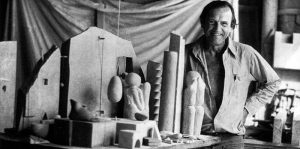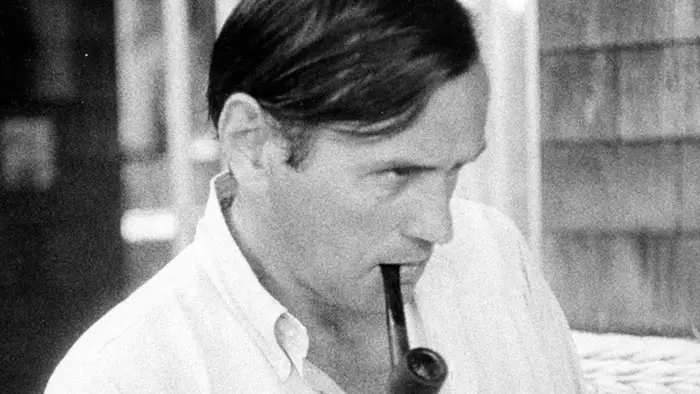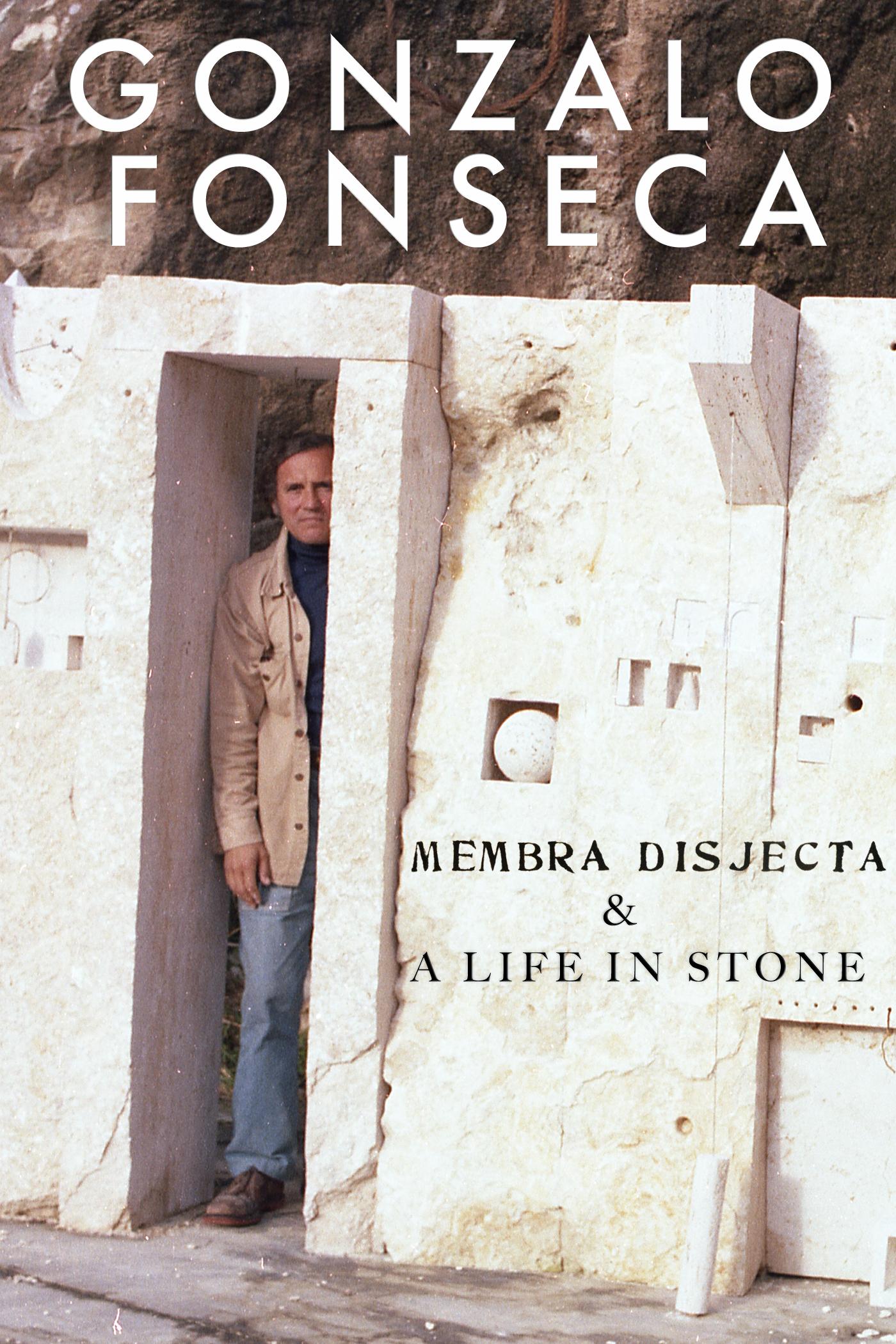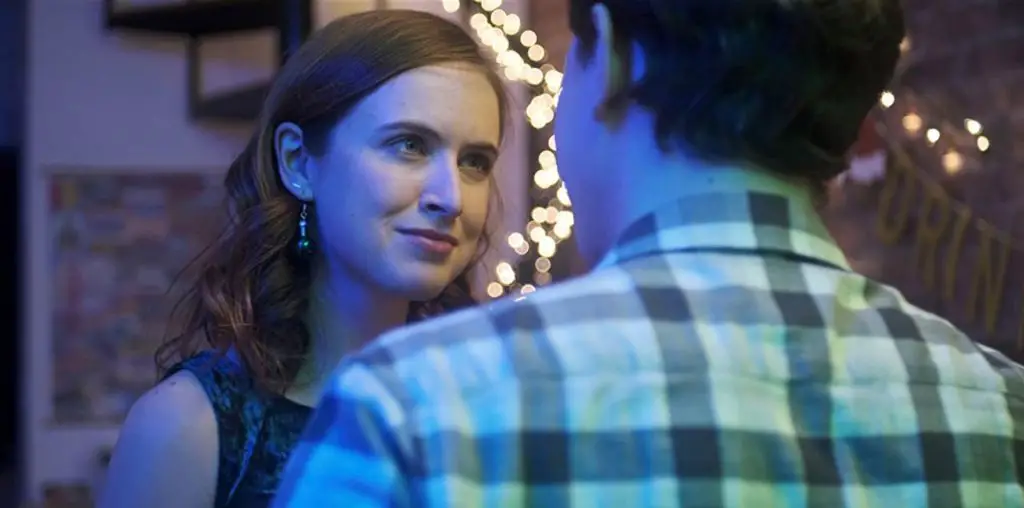
Overly reverent. Gonzalo Fonseca: Membra Disjecta & A Life in Stone, documents the life of one of the 20th century’s most provocative sculptors. Michael Gregory crafts the story of an artist who shunned commercial success for the sheer joy of creation and shines a light on an underrated and underappreciated artist.
Told in a very linear style with little artistic embellishment, Michael Gregory’s documentary has a very academician quality. Narration, interviews, found footage, and photos. All very basic. Barring the addition of a few simple animations to Fonesca’s illustrations, it is a bare-bones almost minimalist documentary that, in part, serves the subject.
Gonzalo Fonseca: Membra Disjecta & A Life in Stone tells a familiar story to anyone who has seen enough documentaries about artists. Early life, burst of creativity, training, fame, etc. But the differences are what makes this documentary interesting.

“…the story of an artist who shunned commercial success for the sheer joy of creation.”
Fonseca was a sculptor who didn’t have an interest in the typical subjects of Greek gods and beautiful women. He didn’t live the typical hedonistic lifestyle of the Bohemian artist. He didn’t have an interest in perfect stones to work with. He created architectural pieces that reflected a bygone culture that never existed. Dioramas of ruins from an alternate history.
He despised the gallery scene preferring to divide his time between his New York loft and his studio in Tuscany. He also shunned fame, success, and didn’t seek out large commissions. As told by one of his children, part of the equation of how he’d decide the price of a piece is how little he could make just to keep going. In fact, his work in Tuscany is still there, slowly growing moss where no one will see it except perhaps future archeologists.
And while we get an astonishing amount of access into his life and work, the major problem with Gonzalo Fonseca: Membra Disjecta & A Life in Stone is its reverence. I will admit to a certain love of Fonseca’s work. It is evocative and undeniably brilliant. However, it is nothing in comparison to the love clearly felt by the director. Michael Gregory’s documentary isn’t so much an exploration of the man as it is a cinematic shrine to a forgotten genius.

“…a bare-bones almost minimalist documentary that, in part, serves the subject.”
Through Gregory’s lens, Fonseca isn’t even so much a man, but a demi-god. He is an ineffable, infallible genius whose faultless life must never be questioned. There are some brief mentions of his failed marriage and his emotional distance, but that is all forgiven because of the godlike genius of the maestro. With this slavish rapture at the mere mention of his name, Gregory creates less of a portrait of the man and more of a graven image.
Then again, I wasn’t there. Perhaps this vision of Fonseca was the price Gregory had to pay for the, admittedly, astonishing amount of access that his family gave him. So we either have a super fan director or an estate acting as a dictator in the editing room. Whatever the reasoning behind it, we never really get a sense of the real man, only a vague outline. Which I suppose is how Fonseca would have wanted it.
It is a pretty documentary and vaguely interesting so I can recommend it. But only just.

"…less of a portrait of the man and more of a graven image"


